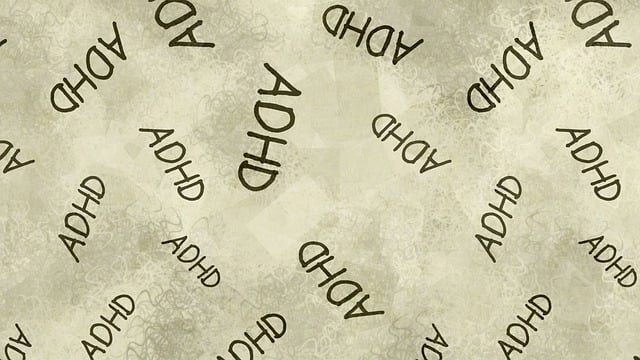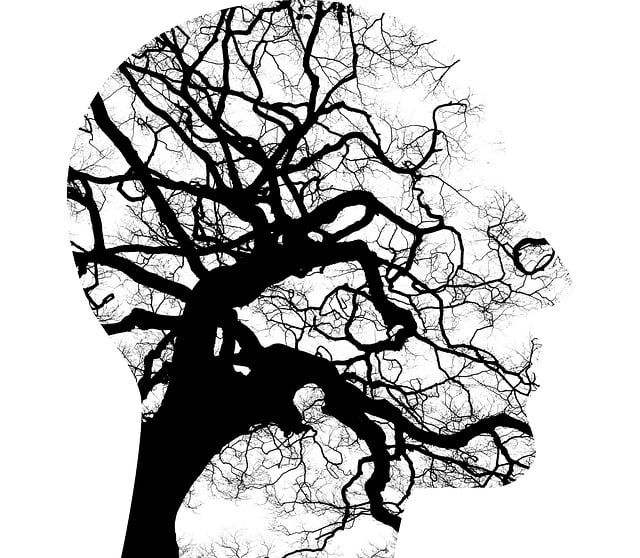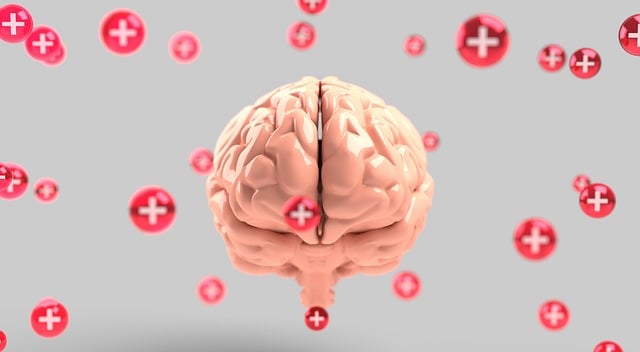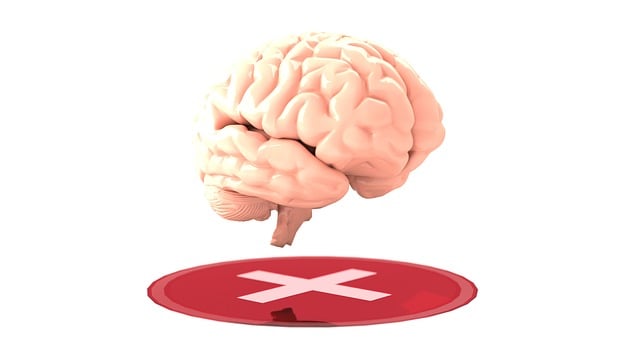Evaluating mental wellness programs requires a blend of quantitative (surveys, standardized assessments like PHQ-9) and qualitative (interviews, focus groups) techniques for a comprehensive understanding. In Broomfield Adjustment Disorder Therapy (BADT), standardized assessments track emotional regulation, resilience, and coping skills development, while client feedback is vital for continuous improvement. Regular follow-up sessions post-treatment assess real-life application of coping strategies, fostering long-term recovery and resilience tailored to each client's unique needs.
Mental wellness programs require rigorous evaluation to ensure their effectiveness. This article delves into three key methods for assessing these initiatives, focusing on Broomfield Adjustment Disorder Therapy as a case study. We explore quantitative and qualitative measures to gauge impact, the integral role of standardized assessments in Broomfield Adjustment Disorder Therapy, and the critical importance of client feedback and follow-up in optimizing mental health service delivery. By examining these components, we aim to enhance the overall success and reach of mental wellness programs.
- Assessing the Impact: Quantitative and Qualitative Measures for Mental Wellness Programs
- The Role of Standardized Assessments in Broomfield Adjustment Disorder Therapy
- Client Feedback and Follow-up: Ensuring Effective Mental Health Service Delivery
Assessing the Impact: Quantitative and Qualitative Measures for Mental Wellness Programs

Evaluating the impact of mental wellness programs is a multifaceted process that employs both quantitative and qualitative measures. Quantitative methods, such as surveys with structured questions, allow for the collection of numerical data that can demonstrate changes in symptoms or attitudes related to mental health over time. For instance, tracking scores on standardized assessments like the PHQ-9 (Patient Health Questionnaire) for depression prevention can provide robust statistical insights into the program’s effectiveness.
Qualitative approaches, including interviews and focus groups, offer deeper understanding by capturing participants’ experiences and perceptions. This method is particularly valuable in identifying nuanced changes not easily quantified, such as improvements in social connections or increased sense of community, which are crucial components of mental health awareness initiatives, especially in Community Outreach Program Implementations targeting Broomfield Adjustment Disorder Therapy. By combining these quantitative and qualitative measures, evaluators can gain a comprehensive view of the program’s impact, ensuring continuous improvement and enhanced support for those seeking mental wellness.
The Role of Standardized Assessments in Broomfield Adjustment Disorder Therapy

In the realm of Broomfield Adjustment Disorder Therapy (BADT), standardized assessments play a pivotal role in evaluating and measuring therapeutic progress. These tools are designed to provide a structured and consistent method of gauging an individual’s emotional regulation, resilience building, and coping skills development—core components of BADT. By utilizing validated scales and questionnaires, therapists can obtain quantitative data that offers a clear picture of the client’s mental wellness journey.
Standardized assessments allow for before-and-after comparisons, enabling therapists to track improvements or setbacks over time. This data-driven approach facilitates informed decision-making in therapy planning, ensuring interventions are tailored to meet the unique needs of each individual. Furthermore, these assessments provide a means to objectively validate subjectively reported improvements, enhancing the overall effectiveness and credibility of BADT.
Client Feedback and Follow-up: Ensuring Effective Mental Health Service Delivery

Client feedback plays a pivotal role in evaluating the effectiveness of mental wellness programs and ensuring that services meet the unique needs of individuals with Broomfield Adjustment Disorder (BAD). By actively soliciting input from clients, therapy providers can gain valuable insights into the success or challenges encountered during treatment. This feedback loop allows for continuous improvement and refinement of the program’s approach, making it more tailored and impactful. For instance, clients might share their experiences with self-care practices incorporated into their therapy sessions, providing guidance on what works best for managing symptoms and promoting overall well-being.
Regular follow-up sessions after the formal treatment period is another critical aspect. These check-ins enable therapists to assess whether the learned mind over matter principles have been effectively applied in real-life scenarios. Crisis intervention guidance can be offered during these follow-ups, ensuring clients have the necessary tools to navigate future challenges and maintain their mental health progress. This proactive approach not only demonstrates a commitment to client care but also fosters long-term recovery and resilience.
In evaluating mental wellness programs, a multifaceted approach combining both quantitative and qualitative measures is essential. As demonstrated by the effectiveness of Broomfield Adjustment Disorder Therapy, standardized assessments play a significant role in tracking progress and tailoring interventions. Client feedback and follow-up sessions further enhance service delivery, ensuring that programs remain responsive to individual needs. By integrating these evaluation methods, mental health services can achieve optimal outcomes and significantly improve client well-being.














